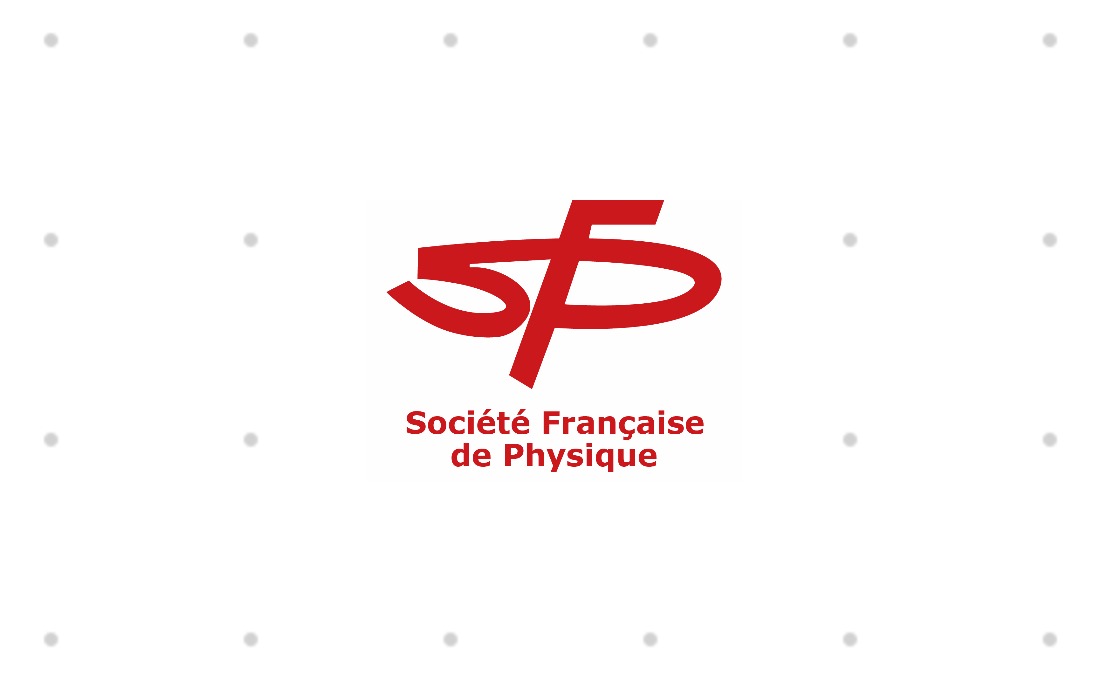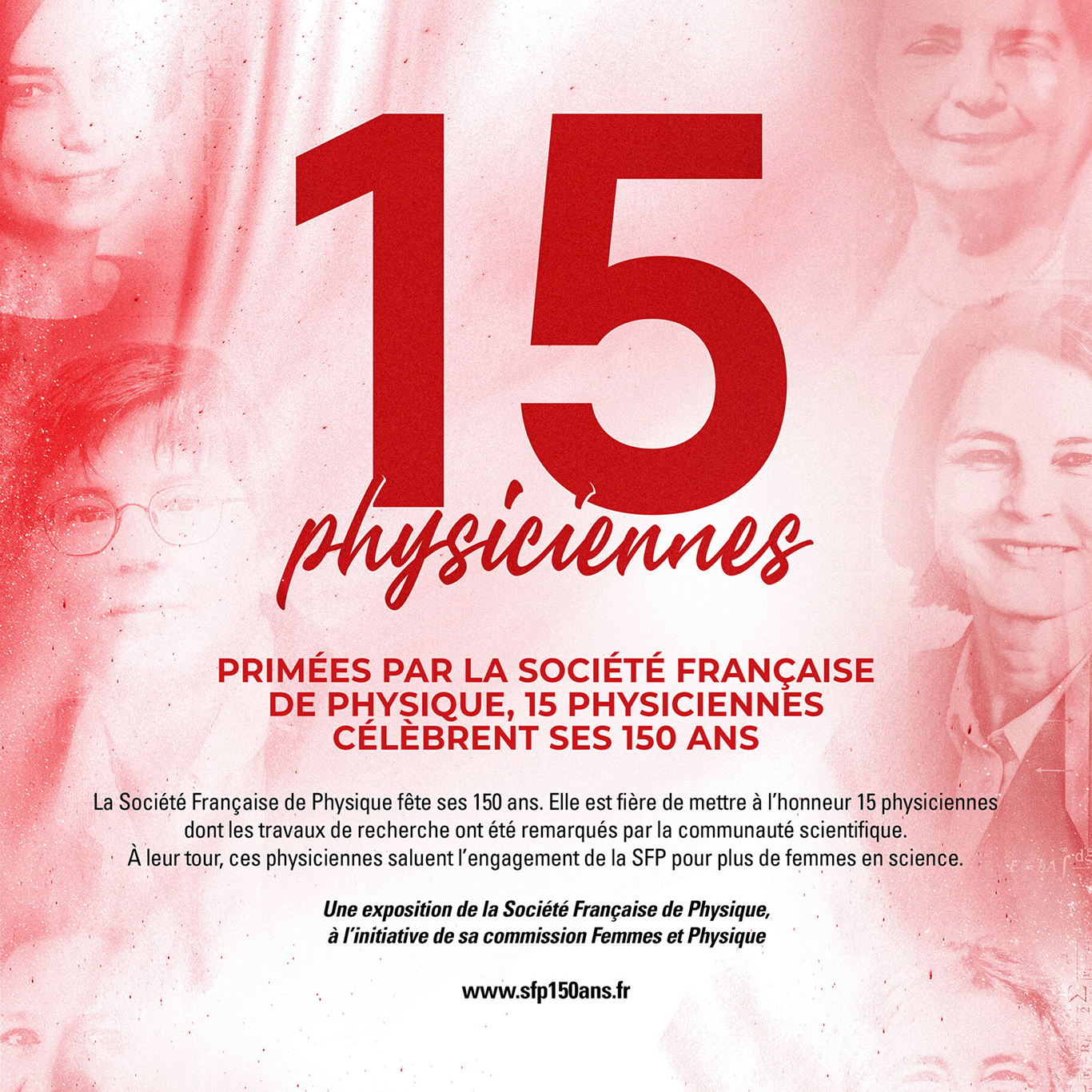EPJ N Highlight - A minimal predictive viscosity model of solvent phases
A novel thermodynamic model to predict macroscopic viscosity of concentrated extractant systems in the presence of heavy metals is presented. The viscosity increase of monoamides in presence of uranyl is a challenging technological lock for industrial extraction processes. This work presents experimental indications on the origin of the viscosity increase and introduces a model based on the three well-established concepts of molecular packing parameters, supramolecular curvature and elasticity of amphiphilic film, as well as polymer physics extended to “living polymers”.
This model contributes to not only a deeper understanding of the problem on molecular, mesoscopic and macroscopic scale, but also provides formulation approaches to tackle this technological lock. The model is applicable to all systems involving micelles formed by amphiphiles such as extractants or surfactants in presence of electrolytes and solutes. Emphasis has been placed on organic extractant systems, namely TBP and dialkylamides. Qualitative trends in a series of different extractants and diluents are predicted and explained comprehensively, supported by COSMO-RS calculation methods. The model represents a convenient formulation tool in the field of liquid-liquid extraction and will help to replace formulation based on extensive “experimental plans” by knowledge-based formulation.
Maximilian Pleines, Maximilian Hahn, Jean Duhamet, and Thomas Zemb, A minimal predictive model for better formulations of solvent phases with low viscosity, EPJ Nuclear Sci. Technol. 6, 3 (2020), DOI: 10.1051/epjn/2019055
Full article here
epjn.epj.org
Article posté le 27/01/2020


